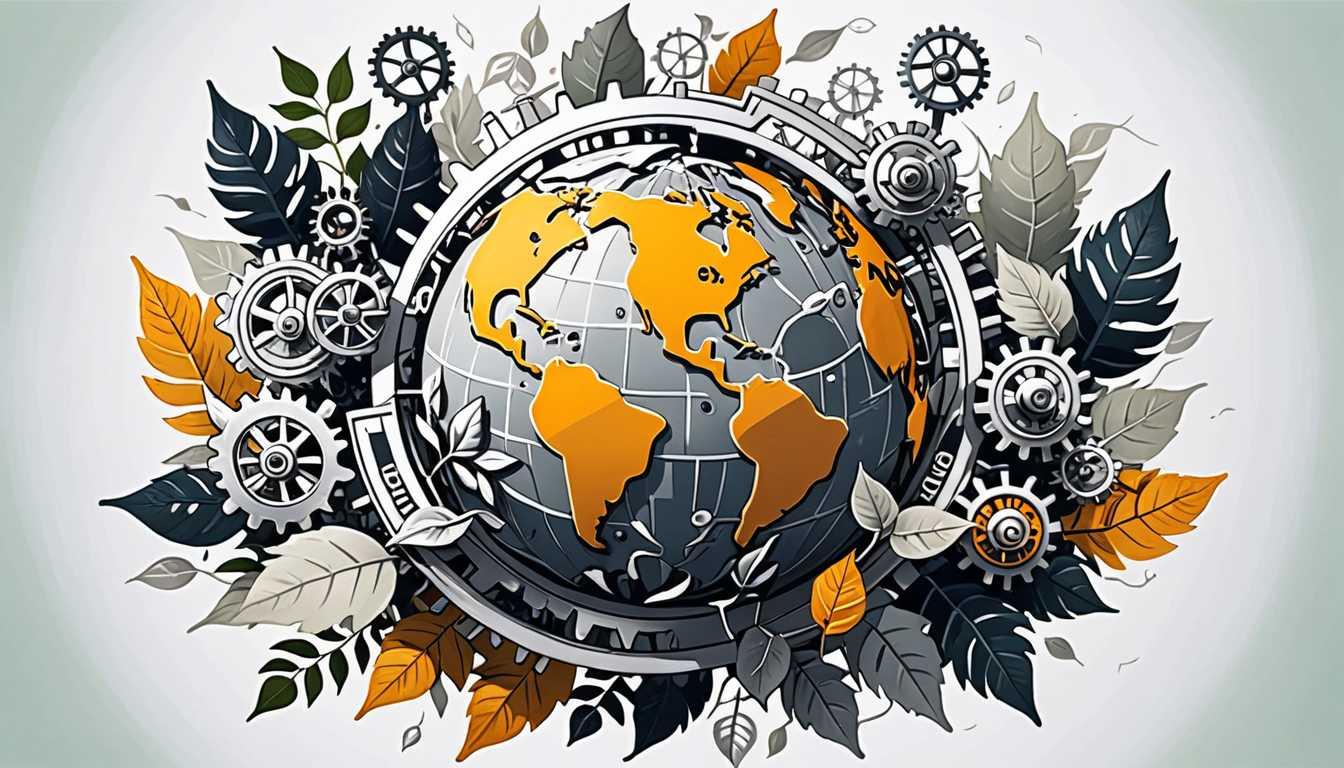Nanosheets: The Future of Clean Air
July 2023
Phys Org
Introduction
Dive into the world of cutting-edge science where tiny sheets are big heroes! In a recent Phys Org article, scientists have cracked the code to creating 2D mica nanosheets, a new warrior in the battle against global warming. Using cool tech like microwaves and mechanochemistry, this team from the Singapore University of Technology and Design has turbocharged the process of making these nanosheets, which can capture CO2 from the air way better than their bulky ancestors. It's not just science fiction; it's a sustainable solution that's getting ready to clean up our planet, one molecule at a time!
READ FULL ARTICLEWhy It Matters
Discover how this topic shapes your world and future
Capturing the Future, One Nanosheet at a Time
Imagine a world where the air we breathe is cleaner and the threat of global warming significantly reduced. This isn't just a dream; it's a possibility that scientists are tirelessly working towards with the development of 2D nanosheets for sustainable carbon capture. By exploring the realms of chemistry and environmental science, researchers have discovered a method to efficiently capture carbon dioxide (CO2) from the air, a major contributor to the greenhouse effect. This breakthrough isn't just about cleaner air; it's about securing a sustainable future for our planet. The implications of this research touch on global environmental policies, industrial practices, and even the energy sector, making it a topic of immense importance and intrigue for anyone, including you. As we dive into the science behind these nanosheets, consider how this innovation could shape the world you'll inherit and the role you might play in this evolving narrative.
Speak like a Scholar
Nanosheets
Ultra-thin layers of material, only a few atoms thick, with exceptional physical and chemical properties.
Carbon Capture
The process of trapping carbon dioxide (CO2) from the environment to reduce greenhouse gas emissions and combat global warming.
Physisorption
A process where atoms or molecules adhere to a surface through weak electrostatic attractions, allowing for easier capture and release of gases like CO2.
Chemisorption
A stronger form of adsorption where atoms or molecules form a chemical bond with the surface, making it harder to reverse the process.
Solvothermal
A method involving the use of a solvent under high pressure and temperature to bring about a chemical reaction.
Mechanochemistry
A branch of chemistry that focuses on chemical reactions that occur through the direct mechanical force, such as grinding two substances together.
Independent Research Ideas
The Role of Other 2D Materials in Carbon Capture
Investigate how materials like graphene or boron nitride compare to mica nanosheets in terms of efficiency, cost, and sustainability for carbon capture.
Environmental Impact Analysis of Nanosheet Production
Assess the environmental footprint of producing nanosheets, considering factors like energy consumption, waste generation, and resource use.
Nanosheets in Water Purification
Explore the potential applications of mica nanosheets in purifying water, focusing on the mechanisms involved and the feasibility of scaling up this technology.
Economic Implications of Wide-scale Adoption of Nanosheet Technology
Analyze the economic impact, including cost-benefit analysis, of implementing nanosheet technology in industries for carbon capture and other applications.
Public Perception and Policy Implications
Investigate how public awareness and government policies can influence the adoption of sustainable technologies like nanosheets for environmental protection.
Related Articles

Sunlight Transforms Air & Waste into Fuel
June 2023
University of Cambridge

Nickel: Ancient Earth's Climate Ally
August 2023
Stanford University

Ocean's Giants: Waves Shaping Climate
March 2023
University of Cambridge

Air-Cleaning Breakthrough: Meet COF-999!
October 2024
UC Berkeley NewsCenter

Fashion's Climate Stitch-Up
August 2020
McKinsey & Company